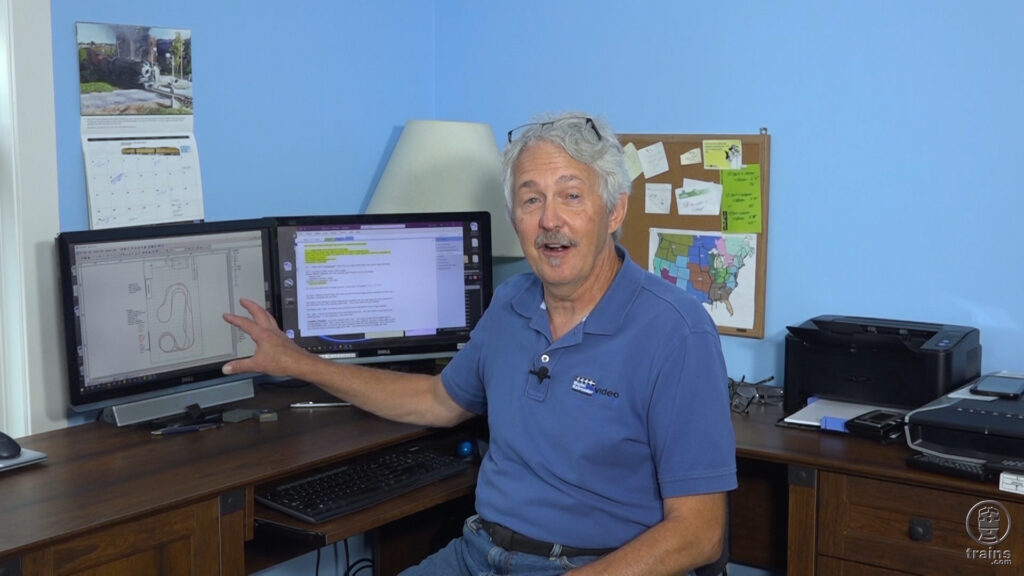
In this episode, our host takes up the challenge of selecting the ideal design for his unique, custom-built layout space. Follow along, as Gerry walks and talks you through his process for auditing the wide assortment of plans he created using computer-aided design (CAD) software. […]
Read More…
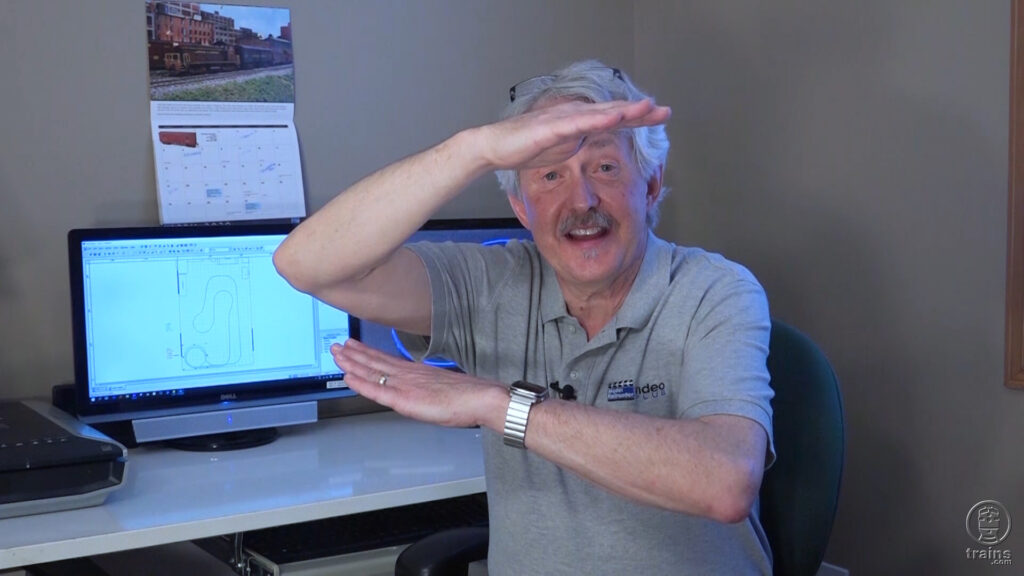
Off the Rails host Gerry Leone has re-railed and is gaining traction in this Trains.com exclusive series, Back on Track. From his new home in the Upper Midwest, members can follow Gerry as he walks, talks, and works his way through planning and building an all-new, double-deck model railroad in HO scale. First order of business? […]
Read More…

On my passenger cars, I use Kadee no. 5 couplers in their own boxes mounted directly to the carbody. As long as your curves are at least 30″ in radius and your turnouts are no. 6 or longer, you can take this simple and direct approach. Forget about mounting couplers on arms connected to the […]
Read More…
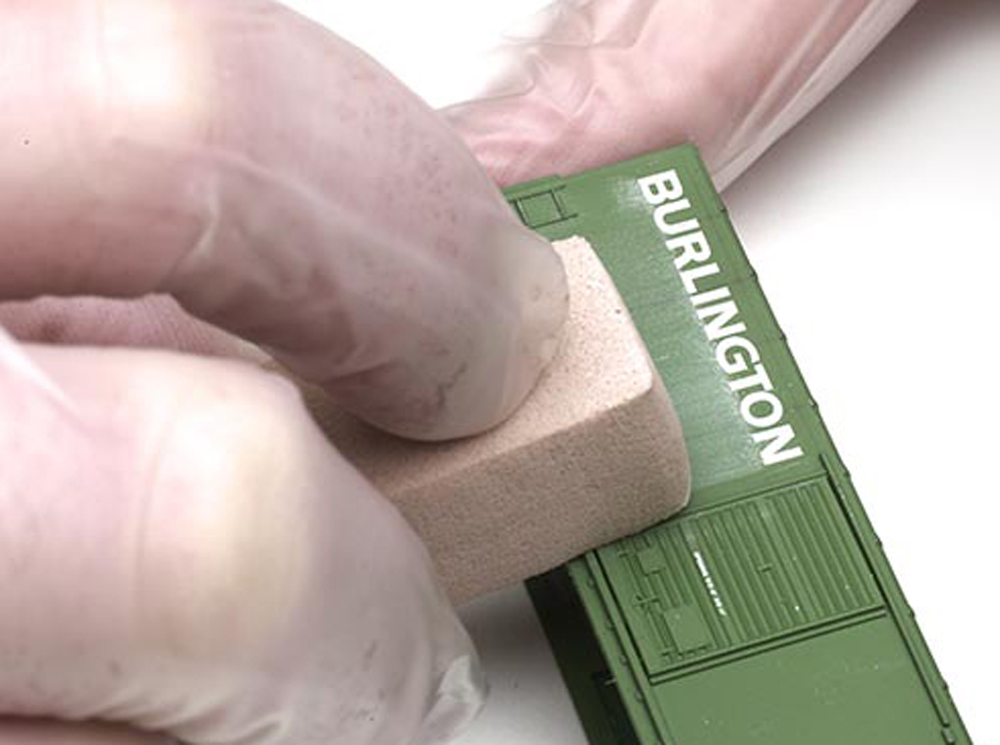
Powdered pastels have long been a popular choice for weathering locomotives, freight cars, and buildings. Several firms offer ready-to-use weathering powders, or you can make your own by scraping pastel sticks with a hobby knife. I started work on this N scale Micro-Trains boxcar by spraying the entire car with Model Master Lusterless Flat. The […]
Read More…
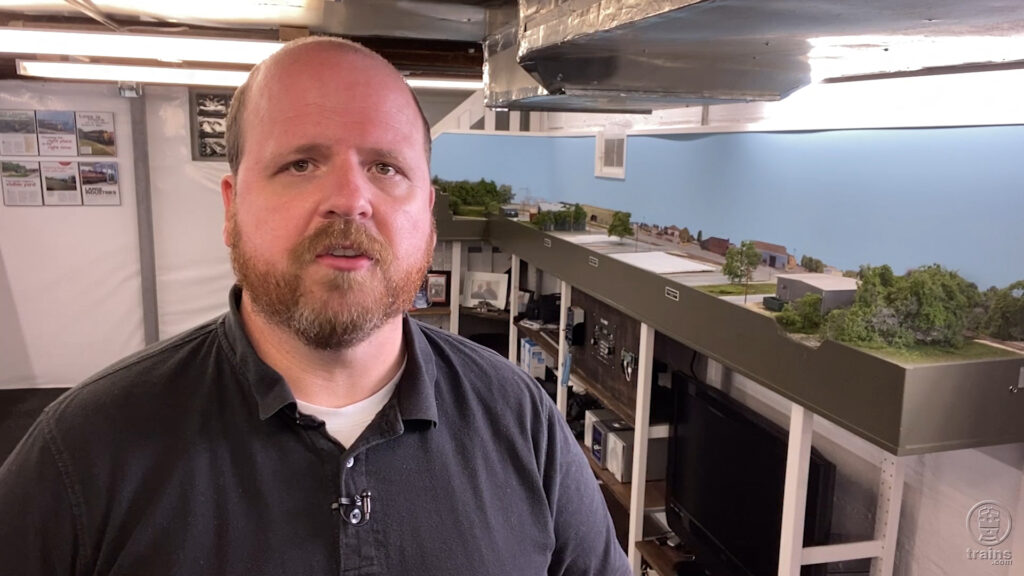
In this season finale, Host James McNab highlights scenery and detailing concepts he introduced in the previous episodes – all in effort to finalize one last scene on his Hills Line HO scale layout. […]
Read More…
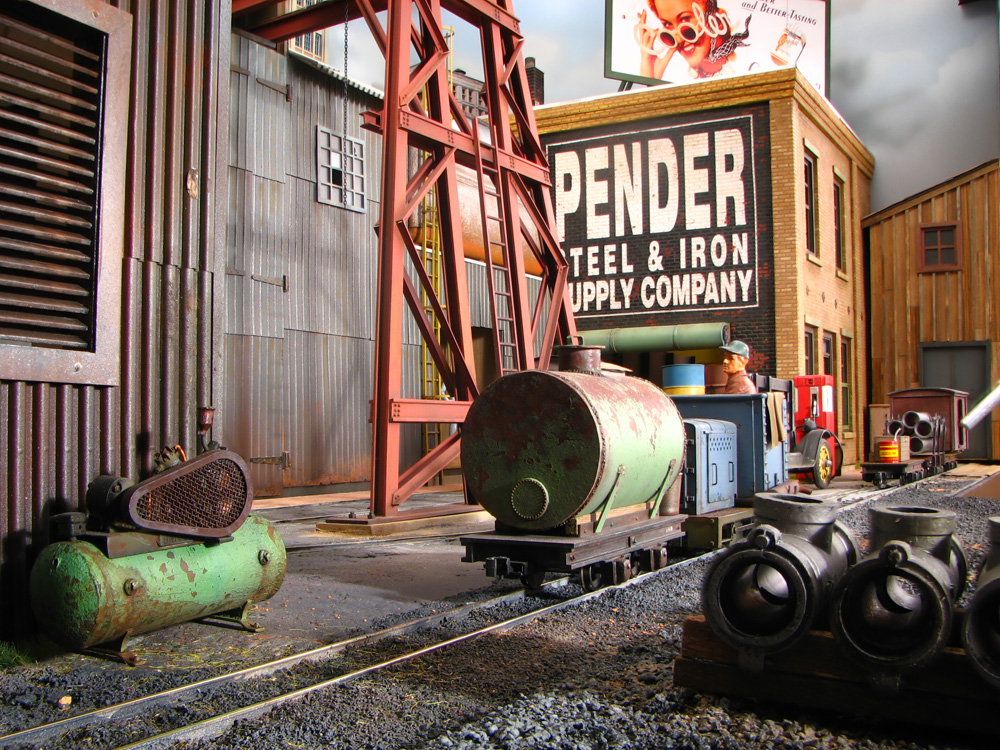
Trackside Photos is a showcase for the work of Model Railroader readers. Send your photos (digital images 5 megapixels or larger) to: Model Railroader, Trackside Photos, P.O. Box 1612, Waukesha, WI 53187-1612; or upload them to http://fileupload.kalmbach.com/contribute. For our photo submission guidelines, contact associate editor Steven Otte at sotte@mrmag.com. […]
Read More…
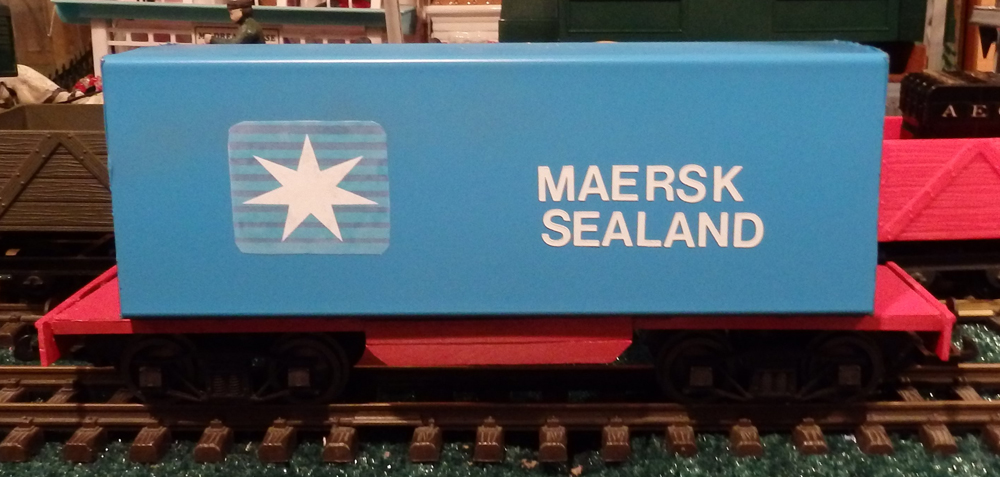
Intermodal container cars are a staple of modern railroads. Anyone who models the current era on their garden railroad will want a number of these, both on the rails and waiting for shipment. While several commercial models are available, I found a less expensive way to make them. Standardized shipping containers are essentially rectangular boxes, […]
Read More…
![Applying Woodland Scenics Scenic Cement with pipette.]](https://www.trains.com/wp-content/uploads/2021/03/MRR_Scenic_Cement_with_pipette_04.jpg)
On Model Railroader’s Beer Line project layout, which was set in 1947 Milwaukee, I ballasted the track on the entire layout using a favorite technique. I used a 50:50 blend of Highball Products Light Gray and Dark Gray limestone ballast, which looks similar to ballast used by the Milwaukee Road [Highball Products ballast is no […]
Read More…
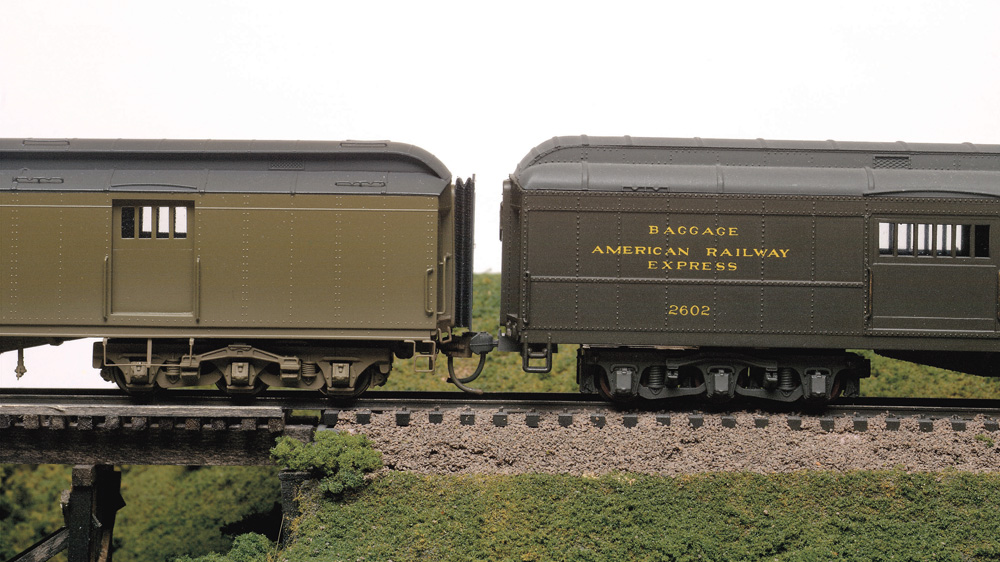
The height of freight cars can vary tremendously, but passenger car heights were very consistent in late steam/early diesel times. Most heavyweight cars, including the Pullman Co.’s standardized sleepers, measured 14 feet from the rails to the top of the roof. It’s important to me to know that Atchison, Topeka & Santa Fe heavyweights were […]
Read More…

Many model railroaders base their first layouts on 4 x 8 sheets of plywood, for obvious reasons. A flat tabletop is a lot easier to build than L-girder benchwork, and almost any home has room for a 4 x 8 table at one side of a bedroom or den. Great things have been done on […]
Read More…
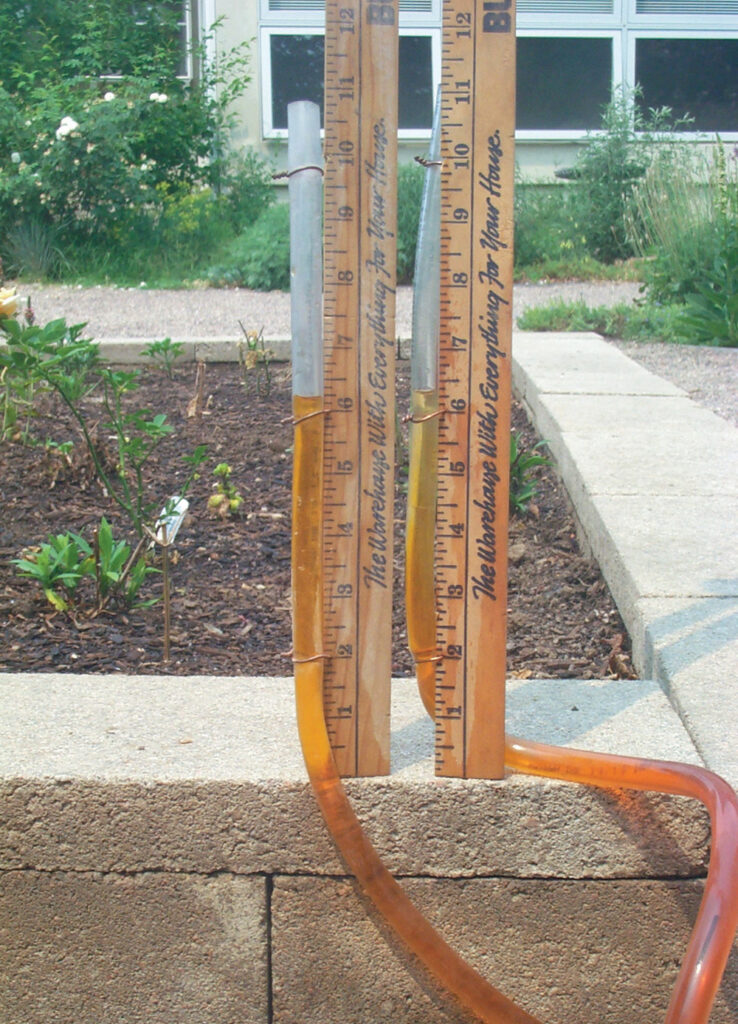
A water level is a low-tech but precise way of measuring relative elevation in your yard. By using a water level, you can either find out how much elevation there is from one point to another or, if you are trying to make your railway level, it will tell you when you are there if […]
Read More…

Here are a few tips and tricks when working with MTH RealTrax: The two ground rails are not tied together. This is true for other track systems using non-metallic ties, including those from Atlas O and GarGraves. If you add a switch, you need to add a lockon and make sure it’s on the […]
Read More…







![Applying Woodland Scenics Scenic Cement with pipette.]](https://www.trains.com/wp-content/uploads/2021/03/MRR_Scenic_Cement_with_pipette_04.jpg)




